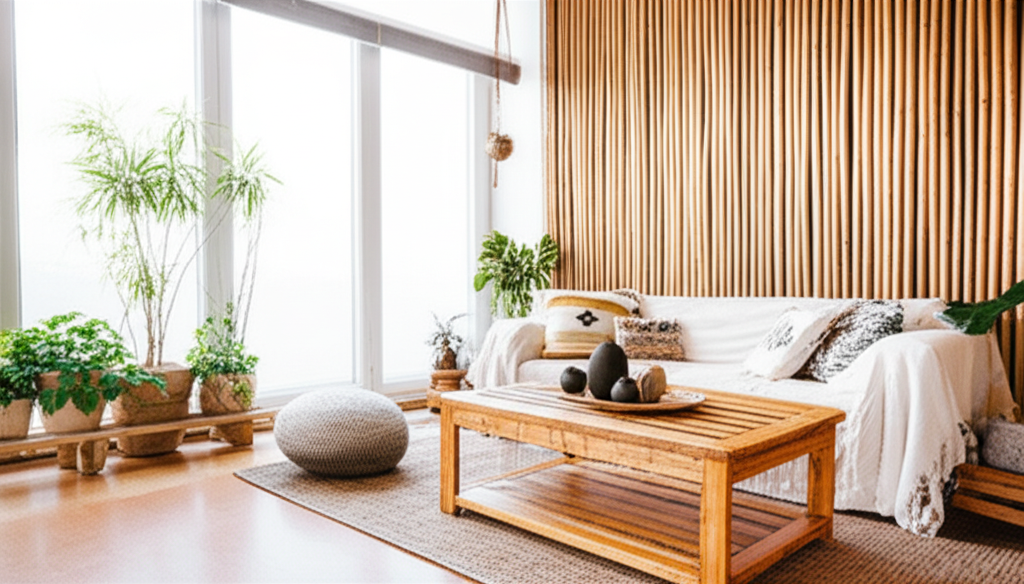Sustainable Materials: The Future of Interior Design
Marcus Rodriguez
Interior Design Expert

Sustainable Materials: The Future of Interior Design
The interior design industry is experiencing a profound shift toward sustainability, driven by both environmental consciousness and consumer demand for healthier living spaces. As designers and homeowners alike seek to reduce their environmental footprint, sustainable materials are moving from niche alternatives to mainstream choices.
Understanding Sustainable Materials
Sustainable materials in interior design encompass more than just "eco-friendly" options. They represent a holistic approach to material selection that considers:
- Environmental impact throughout the material's lifecycle
- Health implications for occupants
- Durability and longevity to reduce replacement needs
- End-of-life disposal and recyclability
- Social responsibility in sourcing and production
Revolutionary Natural Materials
Cork: The Comeback Champion
Once relegated to wine bottles and bulletin boards, cork is experiencing a renaissance in interior design. This remarkable material offers:
- Natural antimicrobial properties
- Excellent insulation for both sound and temperature
- Water resistance making it ideal for bathrooms and kitchens
- Renewable harvesting without harming the cork oak trees
Bamboo: Beyond the Basics
While bamboo flooring has been popular for years, innovative applications are expanding its use:
- Bamboo textiles for soft furnishings and window treatments
- Structural elements in furniture and architectural features
- Bamboo fiber composites for durable, lightweight applications
Mycelium: The Future is Fungal
Perhaps the most exciting development in sustainable materials is mycelium—the root structure of mushrooms. This innovative material can be grown into specific shapes and offers:
- Biodegradability at end of life
- Fire resistance naturally occurring
- Customizable properties through controlled growth
- Zero waste production using agricultural byproducts
Implementation Guidelines
Assessment and Planning
Before selecting sustainable materials:
- Evaluate current materials for potential reuse or upcycling
- Assess space requirements for durability and maintenance needs
- Research local suppliers and artisan networks
- Set realistic budgets balancing cost and sustainability goals
The future of interior design lies in our ability to create beautiful, functional spaces that honor both human needs and environmental responsibility. By choosing sustainable materials, we're not just designing for today—we're creating a legacy for future generations.
Ready to explore sustainable materials for your next project? Contact us to discuss how we can help you create a beautiful, environmentally conscious space that reflects your values. ```
Ready to Transform Your Space?
Let's bring these design concepts to life in your home. Schedule a consultation to discuss your project.